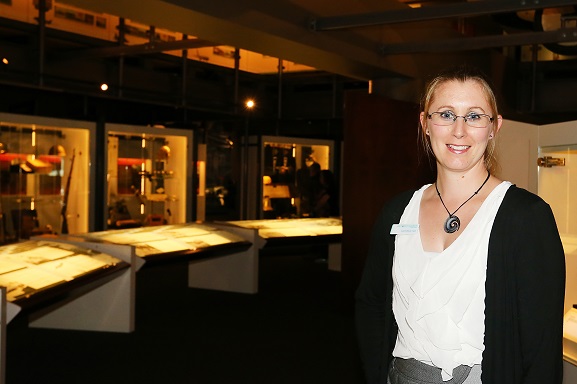Since its launch in February 2020, our online photo collection has been accessed by thousands of people across the world. With over 17,000 images now available online, we thought we’d celebrate by asking some of our team to share their favourite photos from the online collection. Scroll down to see our top picks. You may even learn a fact or two about our team!

Matthew O’Sullivan, Keeper of Photographs
“At the moment this is my favourite. It’s hard to make a decision; As Keeper of Photographs I see every photo that gets put online and, while there are many stunning ‘portraits’ of aircraft in flight or unusual happenings, I like a well-composed photo which tells a story.
This photo shows an airman having a quiet moment in his barrack room at No. 3 Wireless School in Canada. Look at all the personal equipment in the room and the sparseness of the walls. These airmen didn’t spend much time staying at a station because they completed their course and moved to the next location, ultimately flying on air operations.”
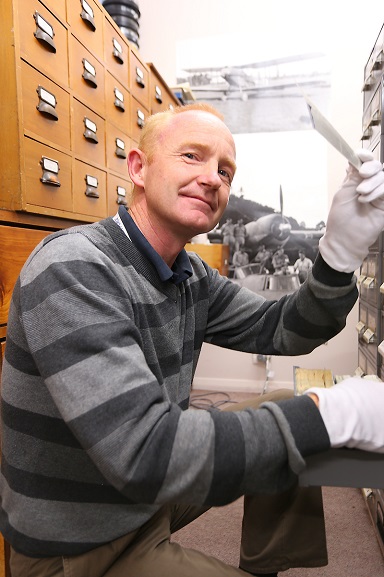

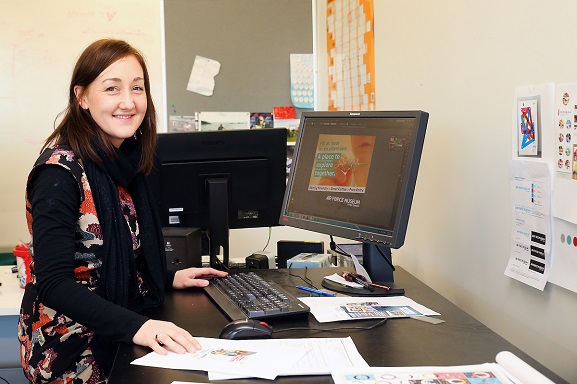
Jayne Officer, Graphic Designer
“Why do I like it? Well, I appreciate these brief little glimpses into the lighter moments.”
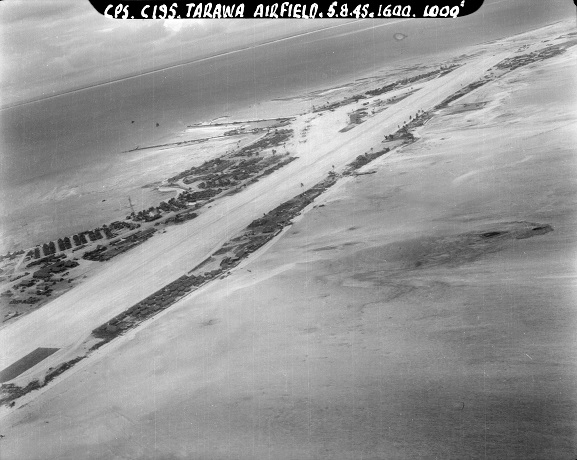

Jason Sim, Registrar
“A case of ‘I can (almost) see my house from here!’ As a child my family and I lived in Tarawa. Our house is just off the right edge of the frame. I have fond memories of life in Tarawa and the adventures we had there, living on an old battlefield and digging up relics from World War Two with my siblings is probably what started me on the path to working in the heritage sector!”
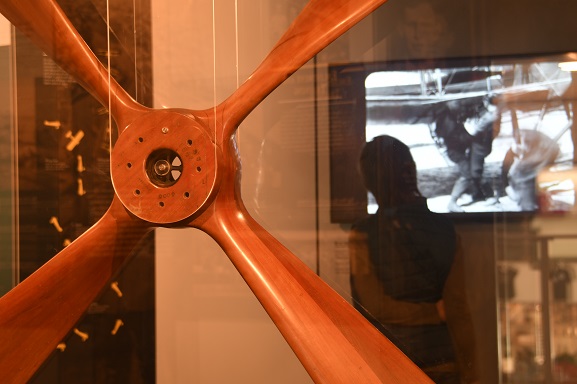
Louisa Hormann, Archives Technician
“War in the Air: New Zealanders in Military Aviation 1914-1918′ opened the same year I joined the Museum team, and was the first exhibition I’d ever worked on. For me, this picture – taken by my colleague Matthew, Keeper of Photographs – shows the overlay of collection objects, historic footage, and design elements that come together in the making of museum displays. The clever installation of this propeller speaks to the huge technical efforts and creativity that goes into sharing these histories and artefacts with our visitors.”
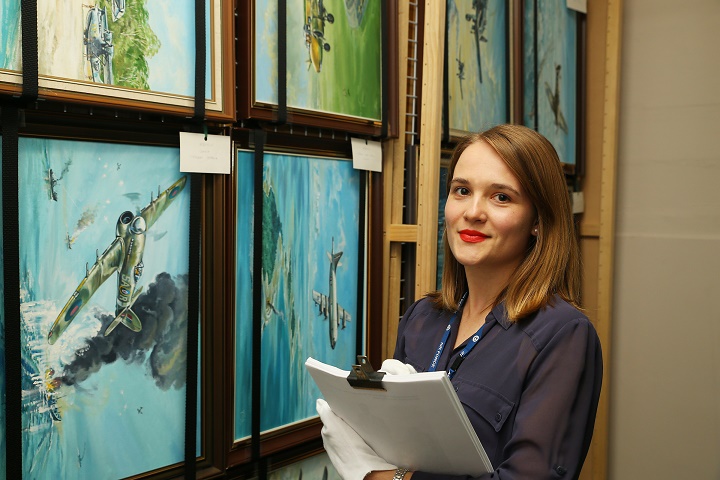

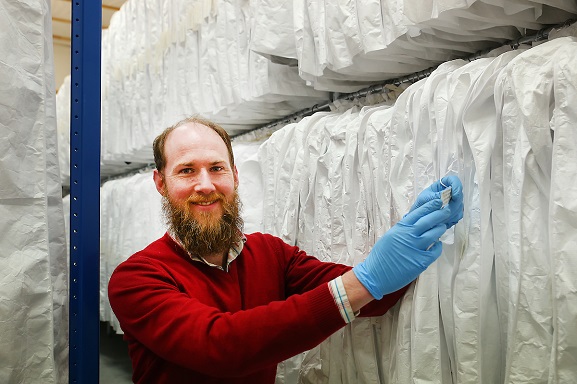
Murray McGuigan, Collections Technician
“Two things stand out for me in this image of catering staff, taken at the Victory Ball at RNZAF Rongotai in 1945: the sheer amount of food on display and the air of cool, calm efficiency about those who have prepared it. A sea of supper plates, laden with vol-au-vents, stuffed celery stalks and devilled (or curried) eggs, occupies every available surface, yet you can sense that this team has the operation completely under control.”
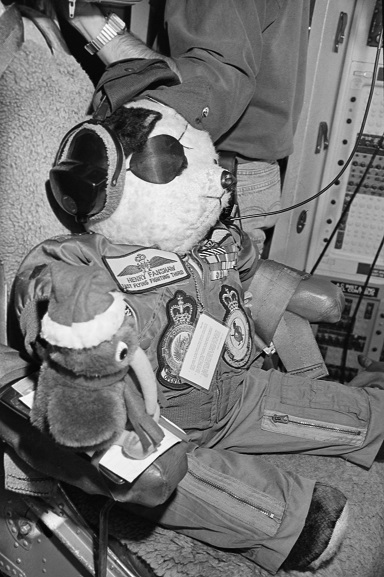
Keri Naus – Visitor Host
“This one includes a Museum Collection item I’m particularly fond of.”
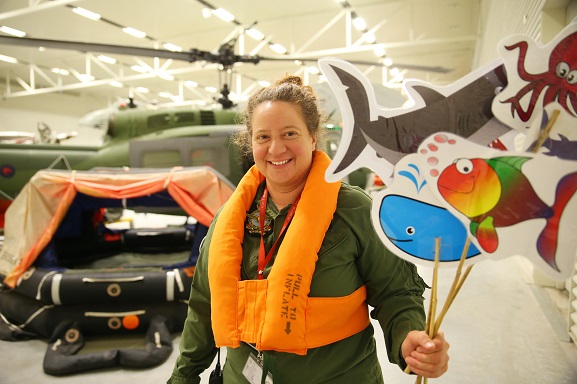
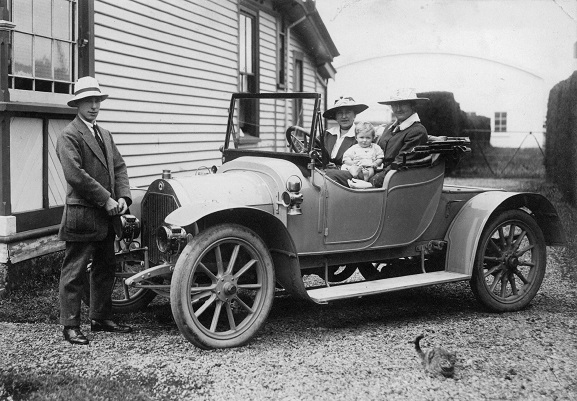

Simon Moody, Research Curator
“I really like cats, so I love this very formally composed picture of Cecil Hill, Chief Instructor of the Canterbury Aviation Company, with Mrs Hill and his son. Agnes Wigram may be the lady on the right. The part I like is the way a cat has photo-bombed the picture in only the way cats can!”

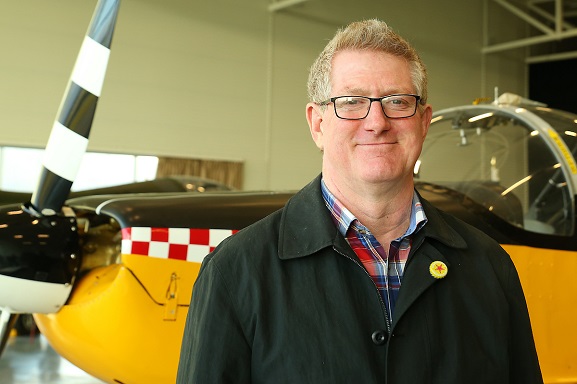
Tim Neal, Visitor Experience Manager
“I like this image for a number of reasons. Firstly as an abstract composition, it looks like Picasso or Miro have been drawing in the sky with chalk. The silhouetted trees at the bottom grounding it and giving it scale. The black and white photograph makes it look ominous, but in real life it was an array of blues and greens and whites. Secondly I think of the pilots weaving and dodging in their life and death battle, completely unaware of how this 3 dimensional trail they are leaving marks their exploits. To them confronting the enemy and returning to base safely would be their prime motivation. Lastly I imagine what it would have been like to stand on the streets of London in 1940 and watch this epic battle unfold above your home. The aircraft were most likely so high that you would have no idea of who was who. Would you have even heard any noise from the aircraft? Just a strange deadly ballet unfolding above your head.”

Chris Davey, Education Officer
“This image is of the Corsair aircraft that my Grandfather “crash landed” in the Piako Swamp when training for WW2. Officially documented as an ‘engine failure resulting in a crash landing’, the real story is that he and his mates were having a competition to see who could fly lowest over the swamp. My Grandfather won… He then proceeded to set off a flare to reveal his location, but the flare set fire to the surrounding scrub, which he then desperately smothered with his flying jacket. With powerful aircraft to fly, instead of fast cars, these were the boy-racers of the 1940’s!”

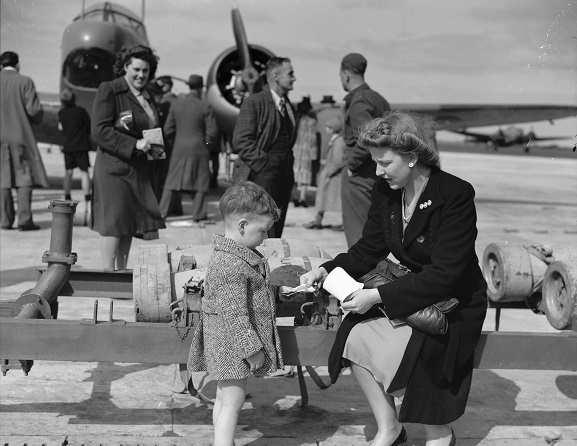
Michelle Sim, Communications Manager
I love this picture because of all the small details that stand out to me. I love the fact that everyone back then dressed up to go out to public events – even the little boy is dressed in a smart coat. On closer inspection you notice that the mother is handing her son some money, and I can just imagine her telling him to run along and buy himself an ice cream, then come straight back and bring her the change. As a mum myself with two small boys who both love aeroplanes, I can really relate to this!
Then you start to notice the background as well, from the other woman smiling at the mum and small boy, to the schoolboy peering into the chin window of the Oxford, and the man in civilian clothing casually chatting with the airman in uniform (I can just imagine him quizzing him about the aircraft, or perhaps they might be chatting about how the war was going). All in all, it’s a fascinating snapshot of a moment in time.”
